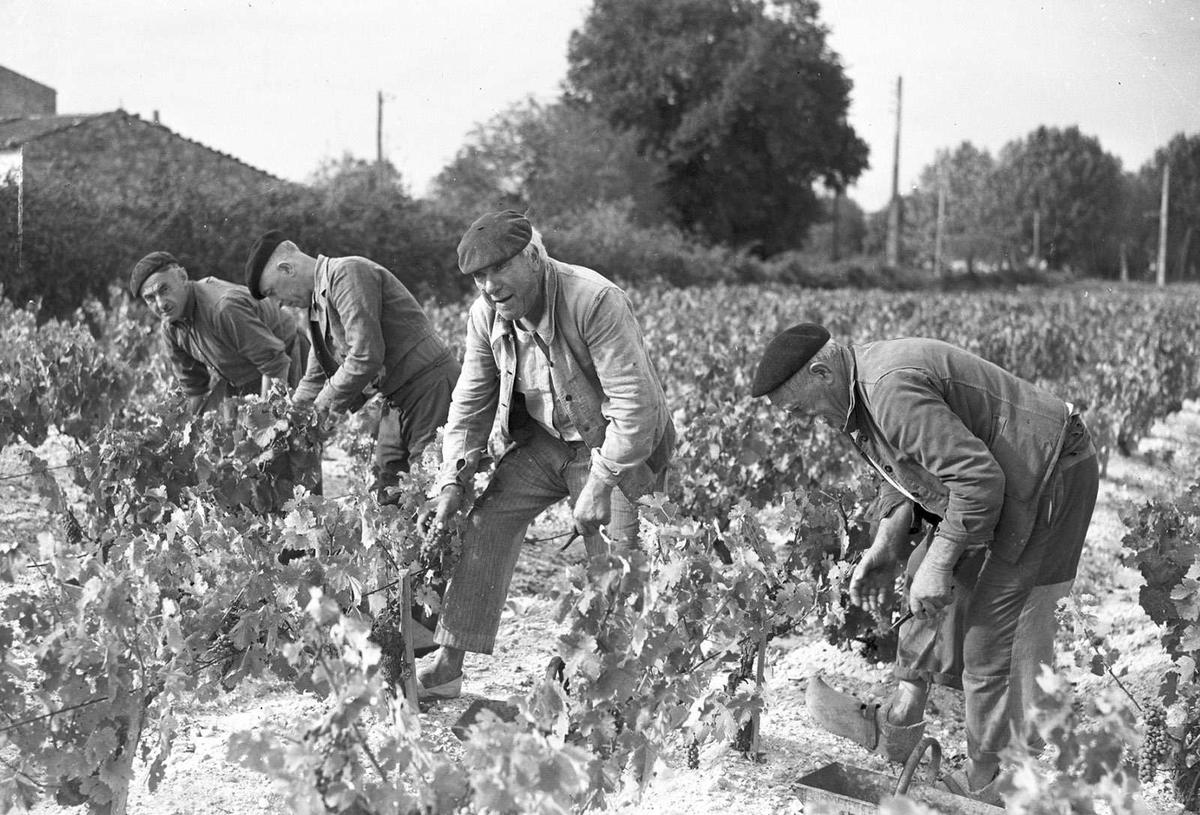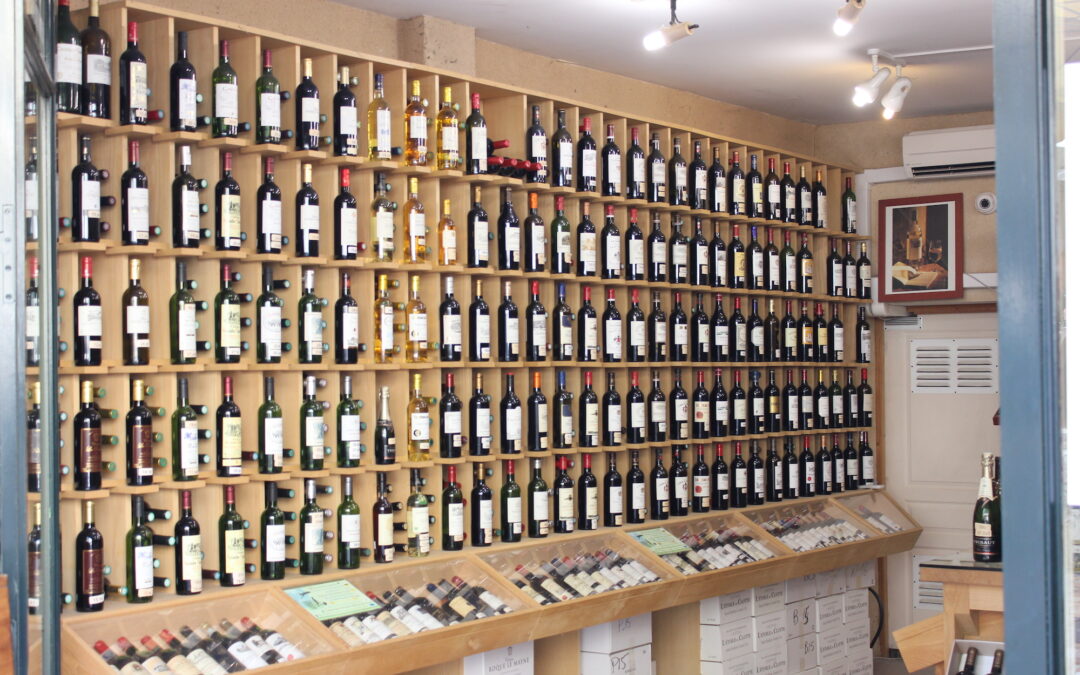Where wine is concerned, Bordeaux can be split into multiple regions on both sides of the Garonne river, the most notorious of which have their own classification system. The most (in)famous one remains in the Médoc and dates back from 1855 and has not, nor will not, be edited or updated. However, the illustrious region of Saint-Emilion has its own classification that is revisited every decade, allowing Châteaux to prove that they make quality wines.

The Grand Cru Classification of Saint-Émilion was created in 1955 and originally ranked 75 estates (12 Premier Grands Crus Classés and 63 Grands Crus Classés) based primarily on the quality of the wine they produced. Every 10 years or so, this list is revisited by the “Classification Commission”, forcing châteaux to ensure continued quality if they want to remain on said list. This creates a collective competition, a healthy rivalry, and a way for châteaux to challenge themselves constantly.
This is a classification of “crus”, not only of wines. It acknowledges and commends the excellent long-term work of the estates: this work is made up of a sum of details, some of which are minute, but all of which combine to place these estates among the elite of the appellation. Taken into account the quality of the wine (comprised of a tasting of the 10 previous vintages of wines, accounting for 50% of the total score), reputation, methods used in wine growing, and finally, the winery and terroirs of the estate.

In 2012, the last time the Classification of Saint Émilion was revisited, it counted 72 châteaux in three categories: 4 Premier Grands Crus Classés A, 14 Premier Grands Crus Classés B, and 64 Grands Crus Classés. Of the four “A” châteaux, two had remained at the top since its creation: Château Cheval Blanc and Château Angelus. In 2012, Château Angelus and Château Pavie were promoted from category “B” to category “A”. However, due to changes in the criteria put forward in 2022, three of these châteaux announced their withdrawal from the classification, causing quite a stir.
As the classification has evolved, so has its criteria, with the marketing and visibility of the wine and châteaux holding more importance in the final score than the terroir and viticulture. Due to this, several estates within Saint-Emilion have lost faith in the Classification.
“In 2012, we noticed a profound change in the philosophy of the classification, especially regarding new criteria that amount to ‘marketing drift’, such as the importance of product placement, how often an estate appears in media, including PR and in social media, along with wine tourism infrastructure,” wrote Cheval Blanc director, Pierre Lurton, technical director Pierre-Olivier Clouet and commercial director Arnaud de Laforcade.
Château Ausone’s co-owner, Pauline Vauthier, stressed that her family’s choice to leave the St-Emilion classification wasn’t made ‘in concert’ with Château Cheval Blanc, but echoes the same reasoning. “We had been mulling over our decision for a long time, and finally decided to opt out (of the classification),” she said. “Marketing and wine tourism are very nice things, but the measure of great wine comes down to terroir, viticulture, and time.”
In a statement, Stéphanie de Boüard-Rivoal, President of Angélus, described the St-Emilion classification as “once a source of progress”, stating it had become “a vehicle for antagonism and instability”.
These decisions left only Château Pavie at the top of the ranking, but not for long. In 2021 the Classification Commission received “the highest number” of dossiers from estates wishing to be considered for the new classification, and after deliberations, they announced the new list with 2 châteaux in the “Category A” field, 12 “Category B” and 71 Grands Crus Classés (the full list of which can be found at the bottom of the page). The latest and most impressive promotion was for Château Figeac, which went from a “B” to an “A”, joining Château Pavie at the highest rank. The family said it was the dream of owner Thierry Manoncourt, who passed away aged 92 in 2010, to see Figeac “in the right place”. That dream has now been realized…
New 2022 Grand Cru Classification of St-Émilion
Premiers Grands Crus Classés
Château FIGEAC (A)
Château PAVIE (A)
Château BEAU-SEJOUR BECOT
Château BEAUSEJOUR HERITIERS DUFFAU LAGARROSSE
Château BELAIR MONANGE
Château CANON
Château CANON LA GAFFELIERE
Château LARCIS DUCASSE
Château PAVIE MACQUIN
Château TROPLONG MONDOT
Château TROTTEVIEILLE
Château VALANDRAUD
CLOS FOURTET
LA MONDOTTE
Grands Crus Classés
Château BADETTE
Château BALESTARD LA TONNELLE
Château BARDE-HAUT
Château BELLEFONT-BELCIER
Château BELLEVUE
Château BERLIQUET
Château BOUTISSE
Château CADET-BON
Château CAP DE MOURLIN
Château CHAUVIN
Château CLOS DE SARPE
Château CORBIN
Château CORBIN MICHOTTE
Château COTE DE BALEAU
Château CROIX DE LABRIE
Château DASSAULT
Château DE FERRAND
Château DE PRESSAC
Château DESTIEUX
Château FAUGERES
Château FLEUR CARDINALE
Château FOMBRAUGE
Château FONPLEGADE
Château FONROQUE
Château FRANC MAYNE
Château GRAND CORBIN
Château GRAND CORBIN-DESPAGNE
Château GRAND MAYNE
Château GUADET
Château HAUT-SARPE
Château JEAN FAURE
Château LA COMMANDERIE
Château LA CONFESSION
Château LA COUSPAUDE
Château LA CROIZILLE
Château LA DOMINIQUE
Château LA FLEUR MORANGE
Château LA MARZELLE
Château LA SERRE
Château LA TOUR FIGEAC
Château LANIOTE
Château LARMANDE
Château LAROQUE
Château LAROZE
Château LE CHATELET
Château LE PRIEURE
Château MANGOT
Château MONBOUSQUET
Château MONTLABERT
Château MONTLISSE
Château MOULIN DU CADET
Château PEBY FAUGERES
Château PETIT FAURIE DE SOUTARD
Château RIPEAU
Château ROCHEBELLE
Château ROL VALENTIN
Château SAINT-GEORGES (COTE PAVIE)
Château SANSONNET
Château SOUTARD
Château TOUR BALADOZ
Château TOUR SAINT CHRISTOPHE
Château VILLEMAURINE
Château YON-FIGEAC
CLOS BADON THUNEVIN
CLOS DE L’ORATOIRE
CLOS DES JACOBINS
CLOS DUBREUIL
CLOS SAINT-JULIEN
CLOS SAINT-MARTIN
COUVENT DES JACOBINS
LASSEGUE
Although the Classification has been mired in controversy following the departure of several estates, it is still considered an incredibly important distinction. These rankings can cause a winery’s value to soar and have been likened to the Michelin guide for restaurants. Those that have left will continue to make exceptional wines and promote the Saint-Emilion appellation, but now we need to wait and see if the Classification Commission will revisit the criteria in time for the next ranking and, in response to the mass withdrawal, bring more focus to the quality of the product and terroir.
Andrew Cummins – Nov 27, 2022 – Bordeaux Wine Vacations
